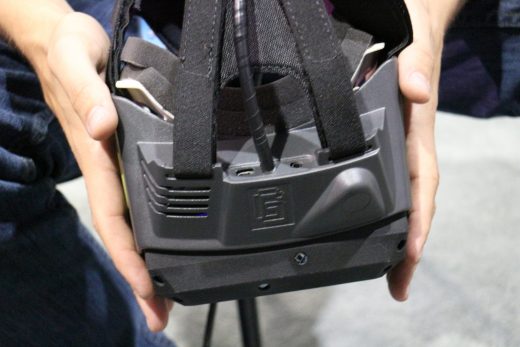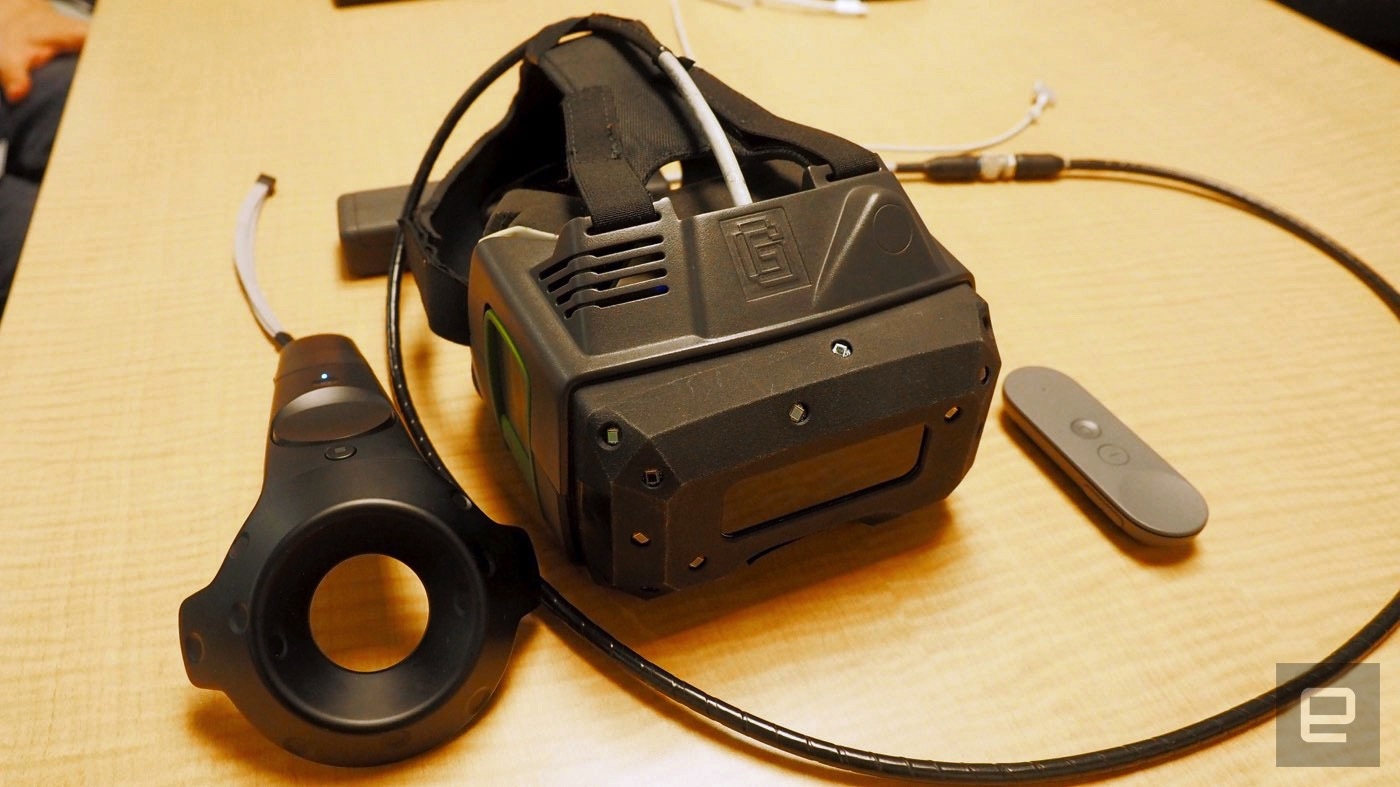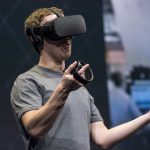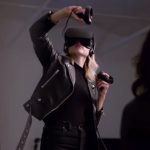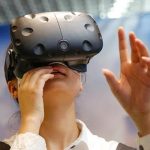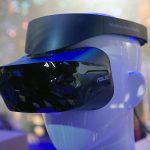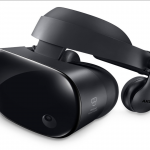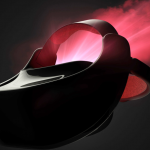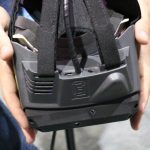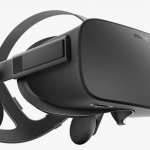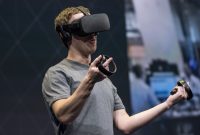In a fragmented VR market, one company wants to unite them all
Virtual reality is a mainstream phenomenon these days, with major headsets like the Oculus Rift and the HTC Vive now increasingly in consumer hands. There’s even a flourishing market in the lower-end, with Samsung’s Gear VR and Google’s DayDream leading the way. But with so many different platforms, the VR market is getting increasingly fragmented.
One company, however, is planning on a headset that can run on not just one major VR platform, but three (Oculus, SteamVR and Daydream). What’s more, it has positional tracking and an eight-hour battery life. And while it can be used with SteamVR while tethered to the PC, it can also be standalone while on Android. It’s made by GameFace Labs, and it promises to be the one headset to rule them all.
If the name GameFace Labs sounds familiar, you might remember it from when we covered it at CES 2014. We had given the Best of CES award to the Crystal Cove edition of the Oculus Rift, which was the best and most forward-looking piece of VR tech we saw at the time. Yet, we also took a look at what GameFace Labs had, which was a standalone VR headset that ran on Android. The prototype was pretty rough around the edges, but the proof-of-concept was there. It worked.
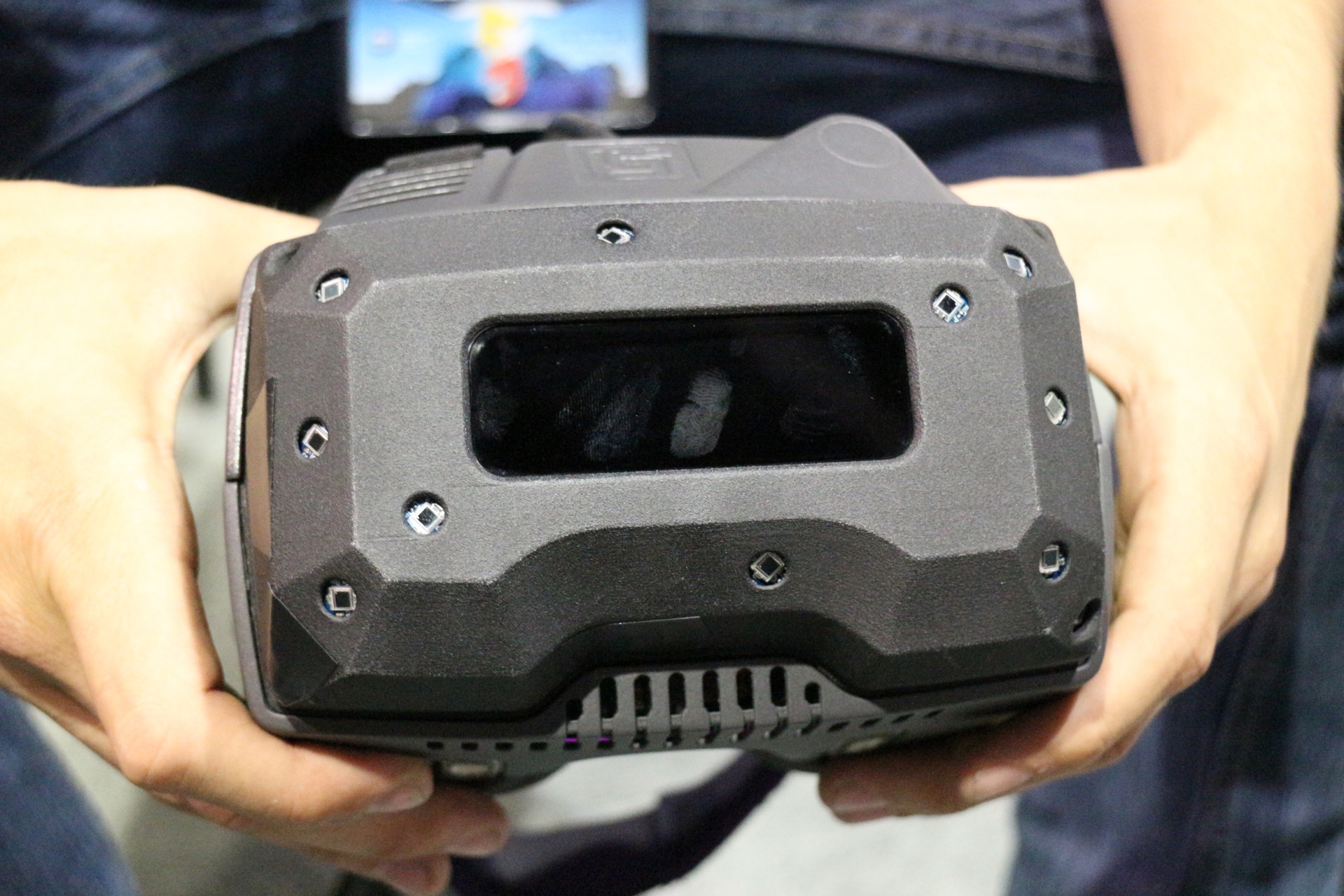
Three years later, and the VR landscape has changed. GameFace Labs’ plans to put its headset in stores fell by the wayside. But instead of faltering, the company evolved. Now, it’s focusing its efforts on making a headset that’s compatible with as many systems as possible. The result: a surprisingly capable and powerful piece of hardware that could very well be the future of VR headsets.
We took a look at the current prototype — which the company calls the EP1 — and as you can imagine it’s very different from the MarkIV we saw in 2014. It’s still standalone and it still runs on Android, but now it’s equipped with the latest NVIDIA Tegra SOCs, making it much more powerful than your regular smartphone. Hook it up to a PC, and you can run SteamVR content just like with the Vive.
Other specs include two 90Hz 2,560 x 1,440 display panels (custom made by Samsung) with a 120-degree field of view. There’s also 3D-tracking technology thanks to Intel’s RealSense cameras and Leap Motion’s hand-tracking sensors. It also has a unique technology that lets GameFace download content up to 100 times faster than traditional downloading methods, which Ed Mason, GameFace’s CEO and founder, says enables instant-gratification VR content with zero latency.
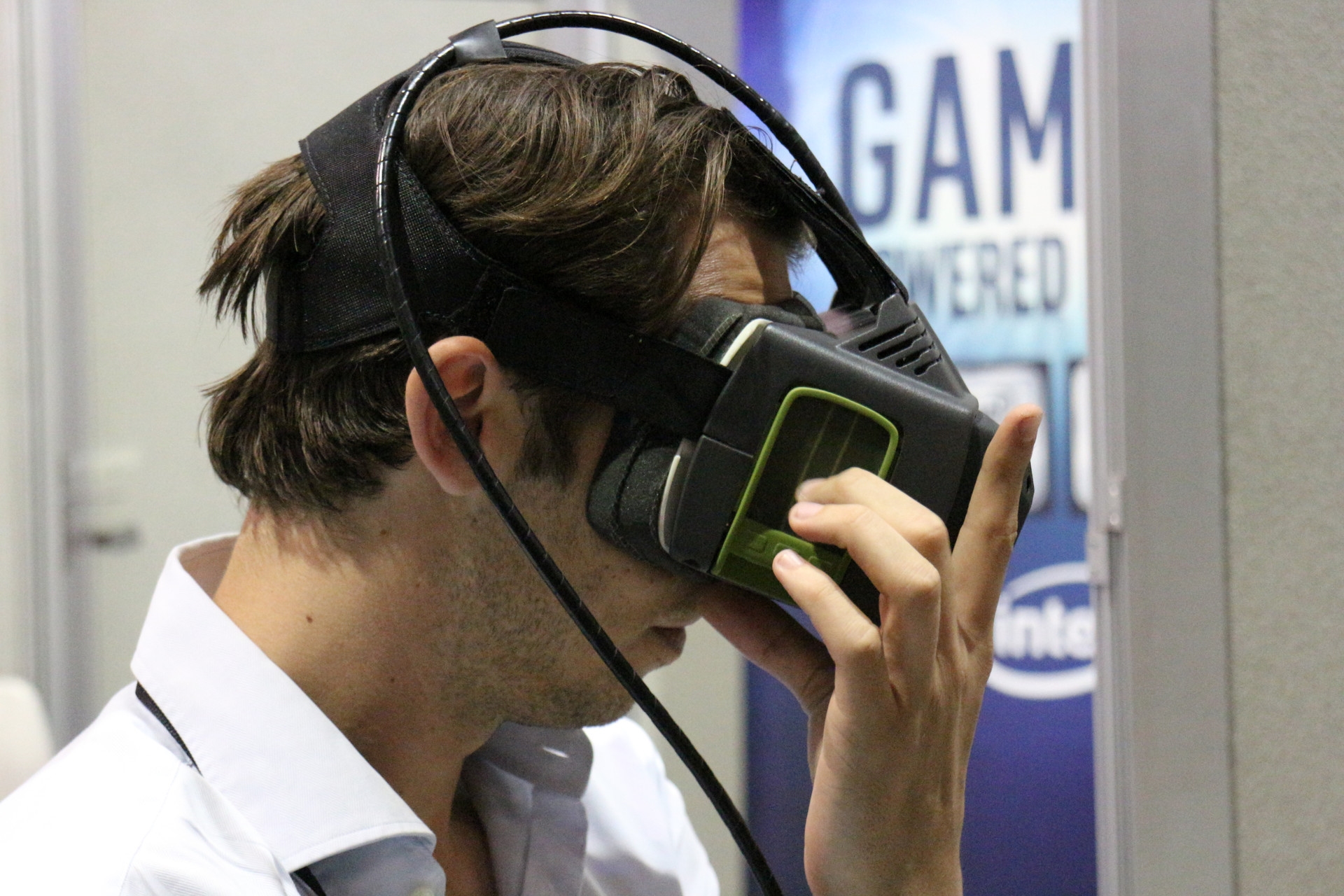
“Everything is cloud-delivered but locally rendered for a latency-free VR cloud-gaming experience,” says Mason. It even has a built-in fan that promises to keep things nice and cool during operation.
GameFace partnered with Valve to support SteamVR. The EP1 is thus completely compatible with Valve’s Lighthouse room-scale, submillimeter positional tracking. Indeed, if you take a look at the front faceplate, it has the same pockmark array of sensors of the Vive, and it’s compatible with HTC’s Lighthouse base stations and with the Vive wand.
This makes the GameFace headset the first standalone headset with Lighthouse positional tracking in an Android environment. That means that if developers already have an app on Daydream, they can use Gameface’s SDK to make it compatible with the more advanced tracking technology, allowing them to have Daydream apps that use the same kind of Lighthouse capabilities as more-advanced Valve hardware. It promises to make Daydream games way more immersive.
The addition of positional tracking makes the GameFace compatible with controllers that have six degrees of freedom (this is, when controllers are actually trackable objects in the space, which allows for greater immersion). Mason says that the final version of the headset will ship with a single Lighthouse base station, mostly for ease of setup, and also because it doesn’t need more than just the one.
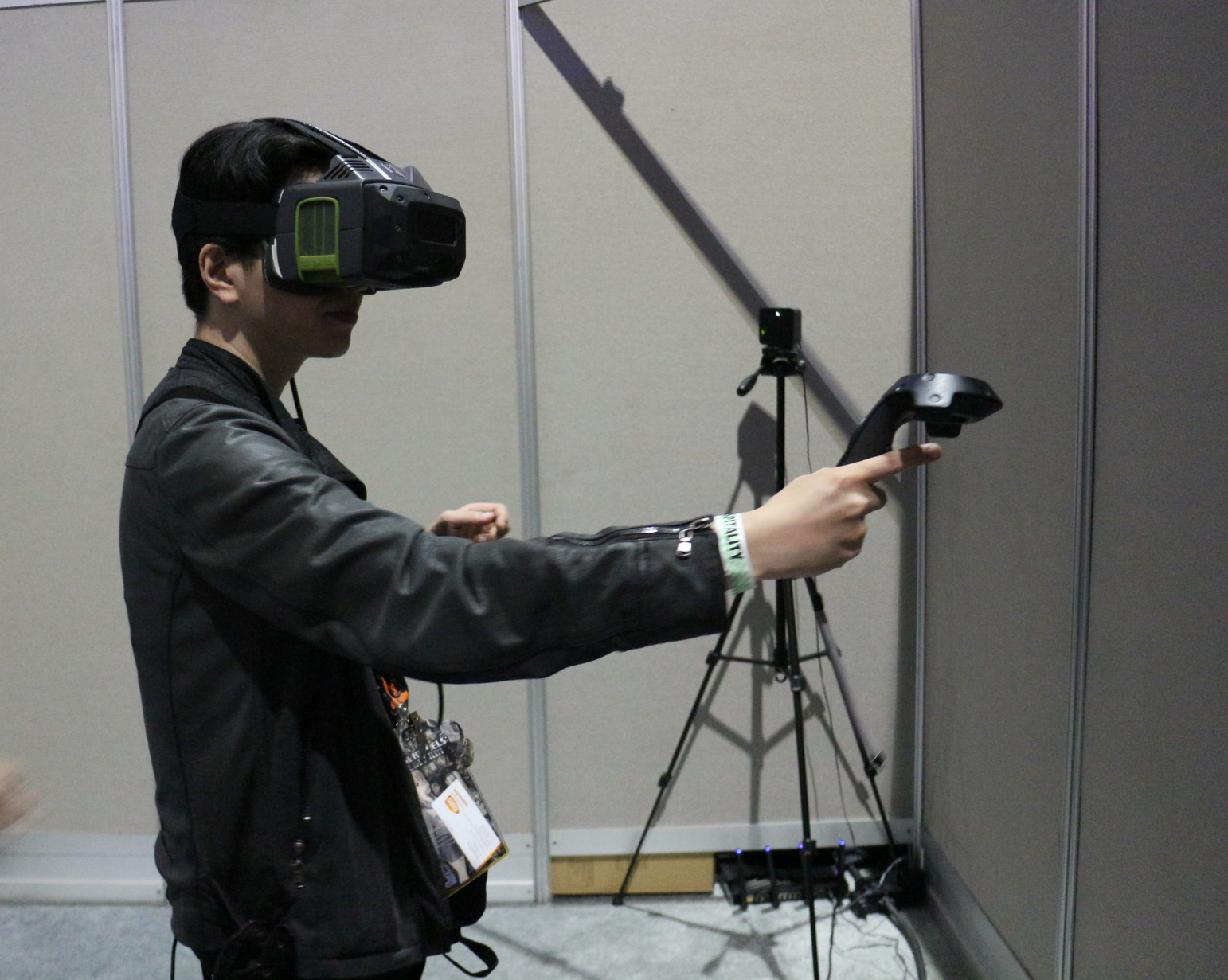
The EP1 also works with ReVive, a piece of software that lets you play Oculus-exclusive games. And, as the whole thing runs entirely on Android, it also has native Daydream support built right in. This means it can play any Google Cardboard or Daydream content as well. Mason does warn, however, that the GameFace headset is not Daydream-certified. GameFace has its own UI that lets the user launch any of these platforms from within the headset.
With all of that technology crammed into one headset, you might think it would be pretty clunky. But while the prototype does look quite large, the entire unit is actually surprisingly lightweight. I strapped it onto my head without a problem, and it didn’t weigh down my face at all. But while the GameFace headset is standalone, it’s not entirely untethered.
The EP1 prototype headset was attached to a battery pack dongle of sorts, which Mason says you can tuck in your back pocket. Eventually, Mason hopes to incorporate controller functionality into that battery dongle, so you would have it in your hand instead. Also, this way you won’t need to buy an additional controller with the headset.
Speaking of controllers, I tried out the EP1 headset with both Google’s Daydream hand-held remote and the Vive wand in a simple white-room demo setup. I could move the remote and point at certain objects, represented by a red dot that turns blue (and vice versa). The Vive controller, on the other hand, was mapped to a ball that moved as my hand moved. The demo itself was a little glitchy, but the proof of concept was there.
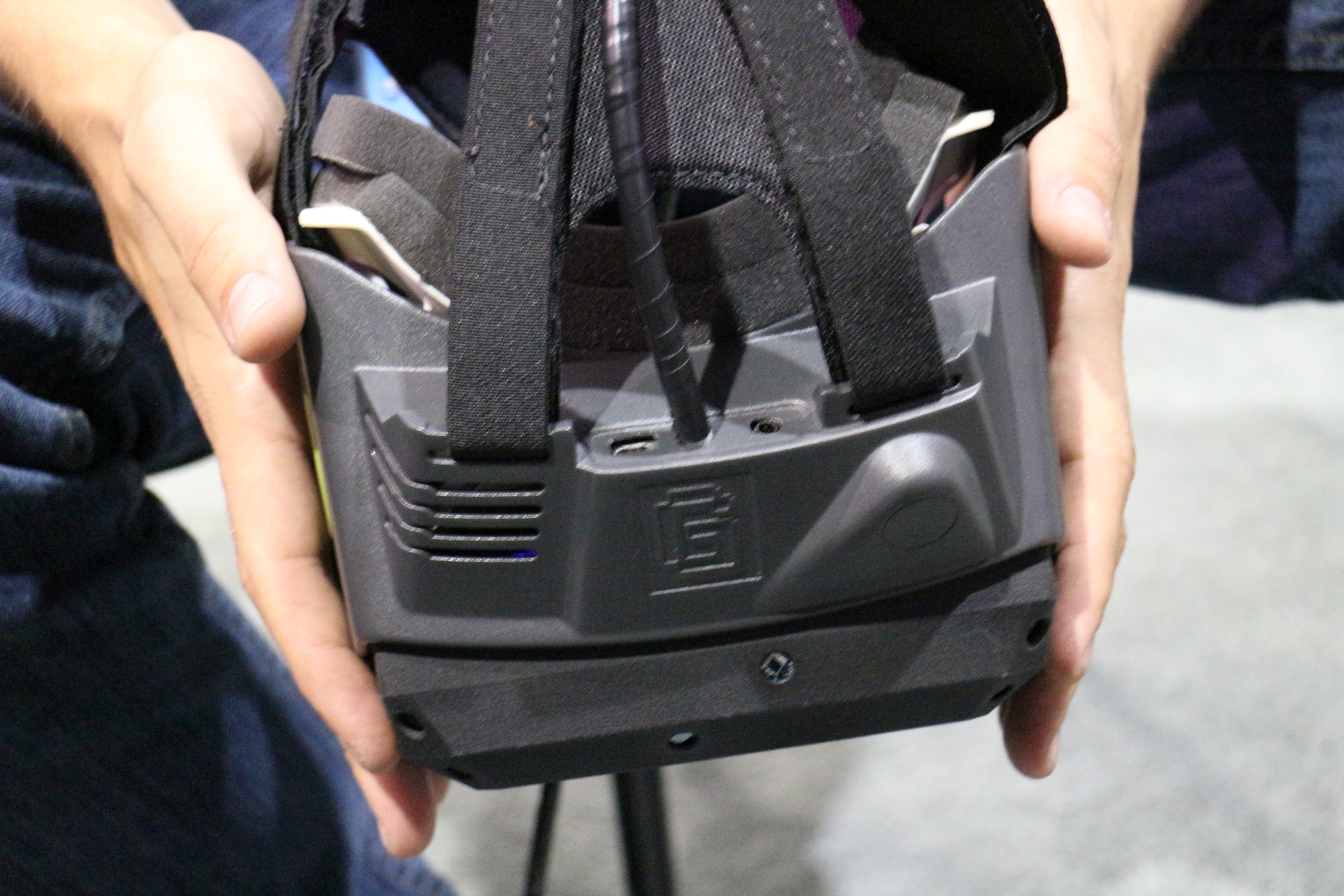
GameFace says this headset is targeted at developers so they can create content for a variety of different platforms without having to purchase lots of expensive hardware. There are two models that developers can choose from; the GF-DD, which is the basic Daydream headset, and GF-LD, which adds on the Lighthouse positional tracking. The GF-DD is around $500 while the GF-LD will cost about $700. That’s not cheap, but it’s still more affordable than buying multiple headsets and hardware.
“I think one of the biggest holdbacks for VR is content,” says Mason. “The fact is that the people who are pushing the content, they’re not triple-A studios, they’re the indies. These are the guys who can’t afford to buy $10,000 to $15,000 worth of six to seven different headsets just so they can release $5 to $10 apps on six different stores. This is hampering development quite significantly.”
Of course, Facebook, Google and other companies are coming out with standalone VR headsets, too. But none of them are as multiplatform as the one GameFace proposes. Mason says some of them are just nothing more than cannibalized mobile phones with the phone parts taken out. They aren’t nearly as powerful or as long-lasting.
Interestingly, however, GameFace Labs is happy to license its technology to anyone who asks. Indeed, the company is actually in talks with various OEMs and industry leaders in VR right now to incorporate this tech in upcoming headsets. In a very real way, GameFace’s EP1 headset represents the future of VR.
As for entering the consumer market itself, Mason says GameFace will certainly do that eventually, but for now, it wants to build up the field first. “What we’re trying to do is build one headset that is trying to unify a rapidly fragmenting industry,” he says. “What we really are is a VR-enabling company.”
(23)

